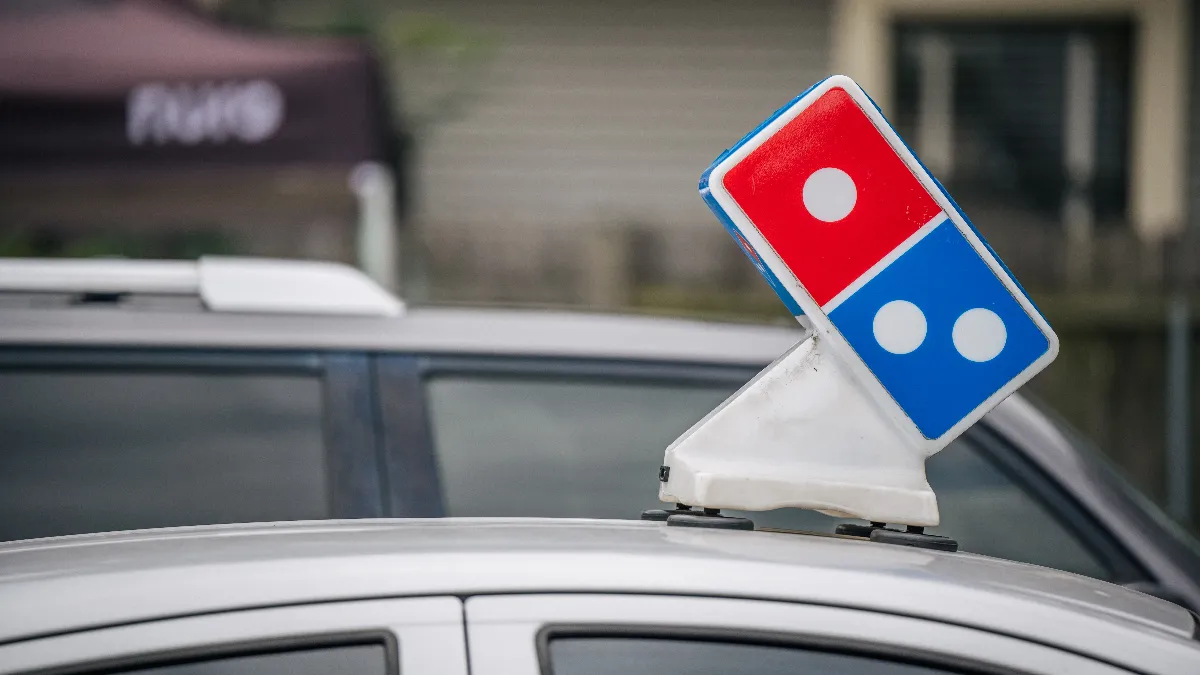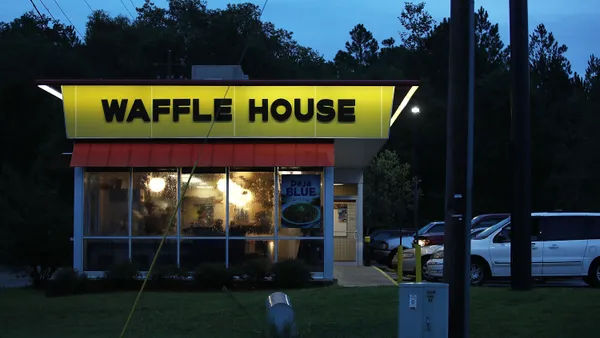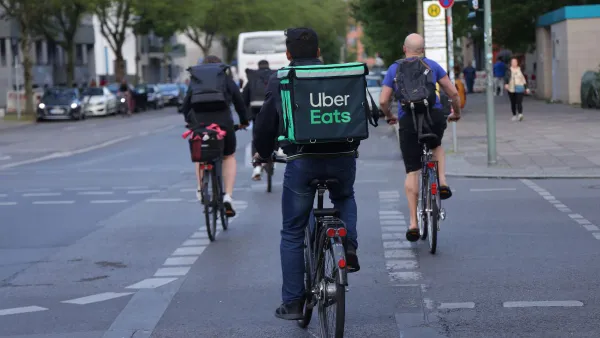Dive Brief:
- Domino’s same-store delivery sales in the U.S. fell by 11.7% during Q2 2022 compared to the year-ago quarter, CFO Sandeep Reddy said Thursday during the company’s earnings call.
- Domino’s U.S. same-store sales declined by 2.9% during the second quarter, according to an earnings release. Comparative sales were up 3.5% during Q2 2021 and up 16.1% during Q2 2020.
- Domino’s continues to face labor shortages, especially among its delivery driver workforce, and is looking to boost retention by providing more flexibility with hours and shifts.
Dive Insight:
Despite these lackluster sales metrics, Domino’s CEO Russel Weiner said demand for the the pizza chain is holding steady as Domino’s improves its capacity to meet customer needs.
These improvements include expanded operating hours. At the end of Q1 2022, Domino’s executives said they would work with franchisees to bring stores back to core hours, as stores were closed an equivalent of six days during that quarter due to labor contraints. Comparatively, stores were only closed an equivalent of roughly four days during the second quarter, with stores flexing hours to be closed during non-peak times, Weiner said.
Domino’s is also using call centers at around 40% of its U.S. stores to process phone orders, reducing employee responsibilities and optimizing store efficiency.
“This allows team members to focus on making and delivering pizzas without having to worry about answering phones, especially during the busiest times in the store,” Weiner said.
The gap between delivery same-store sales at its top-performing stores, which are stores that are considered fully staffed, versus its bottom-performing stores decreased to 11% during Q2 versus a 17% gap in the first quarter, Reddy said.
“The question remains: can we close the gap in performance and get back to fully meeting demand utilizing our current delivery model as it has evolved over many decades? Until we’ve fully answered that question, all options will remain on the table,” Weiner said.
The company is evaluating solutions to improve flexibility for drivers, which can be more important to Domino’s delivery fleet than compensation, Weiner said. Increased flexibility could include the ability to work shorter shifts, work fewer hours in a week and sign up for shifts with a short lead time, Weiner said.
While delivery performance was down quarter-over-quarter, delivery same-store sales were up over 8% in the U.S compared to Q2 2019.
“A lot of the initiatives that we talked about on the last earnings call started playing in, and delivery did improve sequentially,” Reddy said. “We have more work to do, but we definitely had some progress that we saw in the quarter.”
While Domino’s appears to remain focused on finding solutions to its challenges within its system, rival chains like Pizza Hut and Papa Johns continue to benefit from deploying drivers through partnerships with third-party delivery companies to help fulfill demand.
Papa Johns franchisees told BTIG they believe Domino’s will inevitably partner with third-party aggregators, according to a report sent to Restaurant Dive. BTIG noted it would be difficult for Domino’s to navigate third-party channels given its reliance on value offerings, like its $6.99 Mix and Match deal.
“The concern in our view, is how you minimize the profit degradation from customer orders (from $6.99 Mix and Match) that originate on your native digital channels, but are delivered by a third party,” BTIG analyst Peter Saleh said in the report. “We believe it is highly unlikely that the Mix and Match deal, which has been the core of the menu and the marketing strategy for over a decade, will be available through third-party marketplaces, should Domino's embrace such a strategy.















